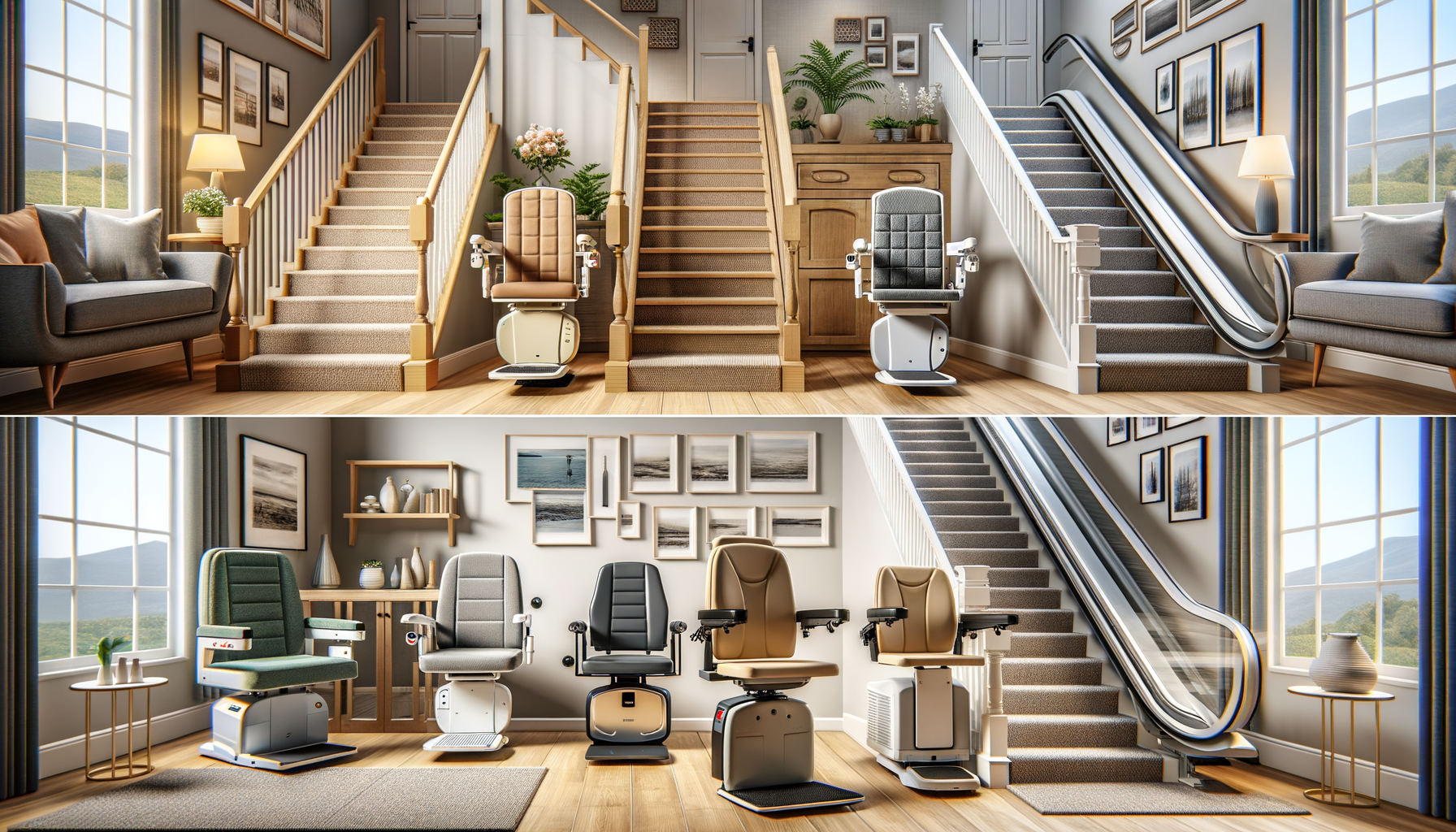Introduction to Stairlifts
Stairlifts provide an essential solution for individuals with mobility challenges, enabling them to move between different levels of their home with ease and safety. As people age or face mobility issues due to injury or disability, navigating stairs can become a daunting task. Stairlifts offer support for navigating stairs safely, especially for seniors and those with limited mobility. Understanding the importance of stairlifts is crucial for making an informed decision when considering this investment for your home or for a loved one.
Stairlifts are mechanical devices that consist of a chair or platform that moves along a rail mounted to the stairway. They are designed to carry individuals up and down stairs, reducing the risk of falls and providing independence. With various models and features available, choosing the right stairlift involves understanding your home layout, preferred seating features, and how different models adapt to daily use and comfort needs. This guide will explore the different types of stairlifts, their benefits, and what to consider when selecting one.
Types of Stairlifts
When considering a stairlift, it’s important to understand the different types available, as each is designed to accommodate specific needs and stair configurations. The two main types are straight stairlifts and curved stairlifts.
- Straight Stairlifts: These are designed for staircases that do not have any curves, bends, or landings. They are typically more affordable and easier to install, as the rail runs in a straight line.
- Curved Stairlifts: These are custom-made to fit staircases with curves, bends, or intermediate landings. As a result, they are more complex to install and generally more expensive than straight stairlifts.
Aside from these two primary categories, there are also outdoor stairlifts designed to withstand outdoor conditions, and standing stairlifts for narrow staircases where a seated position may not be feasible. Choosing the appropriate type of stairlift depends on the specific layout of your staircase and the individual needs of the user.
Key Features to Consider
When selecting a stairlift, several key features should be considered to ensure it meets the user’s needs and preferences. These features can significantly impact comfort, safety, and usability.
- Weight Capacity: Ensure the stairlift can accommodate the user’s weight comfortably. Most models have a weight limit, so it’s crucial to check this specification.
- Seat Design: Look for adjustable seats with swivel functions to make getting on and off easier and safer. Some models offer padded seats for enhanced comfort.
- Safety Features: Safety is paramount, so look for features such as seat belts, safety sensors that stop the lift if an obstacle is detected, and battery backup for power outages.
- Control Options: Consider the ease of use of the controls, whether they are mounted on the armrest or operated via a remote control.
These features can enhance the overall experience and ensure that the stairlift is both practical and comfortable for daily use.
Installation and Maintenance
The installation of a stairlift should be carried out by a professional to ensure safety and functionality. The process generally involves securing the rail to the staircase, fitting the chair or platform, and testing the unit to ensure it operates smoothly.
Regular maintenance is crucial to keep the stairlift in good working condition. This includes routine checks by a professional to ensure all components are functioning correctly and to address any wear and tear. Regular maintenance can prevent unexpected breakdowns and extend the lifespan of the stairlift.
Cost Considerations and Financial Assistance
The cost of a stairlift can vary significantly based on the type, features, and complexity of the installation. Straight stairlifts are generally more affordable than curved ones due to the custom nature of the latter. Additional features, such as enhanced safety options or premium seating, can also increase the price.
For those concerned about the financial burden, there are options for financial assistance. Some insurance policies may cover part of the cost, and there are also grants and funding programs available for individuals with disabilities. Exploring these options can make stairlifts more accessible to those who need them.
Conclusion: Making an Informed Decision
Choosing the right stairlift involves careful consideration of the user’s needs, the home’s layout, and the available features. By understanding the different types of stairlifts, key features, installation requirements, and cost considerations, you can make an informed decision that enhances safety and independence. Whether for yourself or a loved one, investing in a stairlift is a step towards a more accessible and comfortable living environment.




Leave a Reply